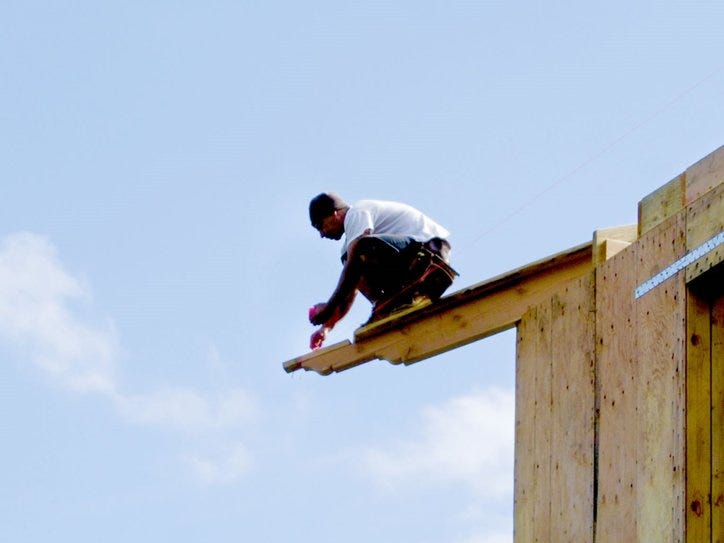Hanging By A Thread
Many things around us are precarious. Fragile aggregations of people and technology at the verge of collapse, only kept together by a brittle—sometimes hidden, sometimes incredibly visible— final link.
Systems tend to fragility, unless energy is spent to diverge from such trajectory. Our collective numbness about bad things happening and a shared disregard for robustness by design are strong contributors.
The Swiss Cheese model of failure is known. In this analogy, the path to calamity is illustrated by holes aligning in different slices of Swiss cheese. But here today we’re not entirely for that. Today the focus is on that last hole in the cheese. Or, more specifically, on the weakened last slice finally capitulating and yielding for disaster to unleash.
Organizations—alas, even entire democracies—are alarmingly precarious, for example, by depending on the health of one single leading human being. Nothing new under the sun: the infamous bus factor but taken to ridiculous levels. In a small company, the bus factor may cause a project to be delayed. In a country, the bus factor might mean civil war. Stakes grow with scale.
But precariousness is not only exclusive of people and organizations. The artifacts we design tend to foster brittle links as well which, for reasons, end up being the threads holding the whole thing together. The irony is that, upon collapse, we tend to be puzzled at the realization of the revealed precariousness of the thing that just imploded. Near misses—that is, the rare situation when we are granted a close call—are typically underestimated or misinterpreted as signs of robustness or indestructibility: what does not kill you makes you stronger. In fact, no; what did not kill you now will surely kill you a bit later on unless you do something about it.

